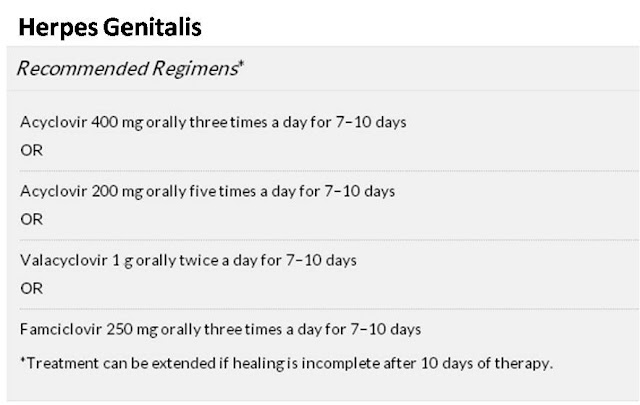HPV
Coxsackie
Pox
Papilloma virus
Oral isotretinoin
Topical adapalene
Answer: Oral Isotretinoin
Topical tretinoin
Topical tacrolimus
Topical methoxasalen
Answer: B
TT
LL
lymphoma
Histiocytosis
Answer: TT
trichopyte
Micro
Epidermo
Aspergillus
Answer: aspergillus
A. Lichen planus
B. Leukoplakia
C. Aphthous stomatitis
D. Candida
Answer: LP
a. acute pseudomembranous candidiasis
b. Acute atrophic candidiasis
c. chronic hyperplastic candidiasis
d. chronic mucocutaneous candidiasis
Answer: B (also called as antibiotic tongue. It is red)
a. SJS
b. TEN
c. Fixed drug eruption
d. Pemphigus vulgaris
Answer: TEN
A..leprosy
B..urethral discharge
C..vaginal discharge
D..hiv n aids
Answer: Leprosy
-klebsiella granulomatis



































